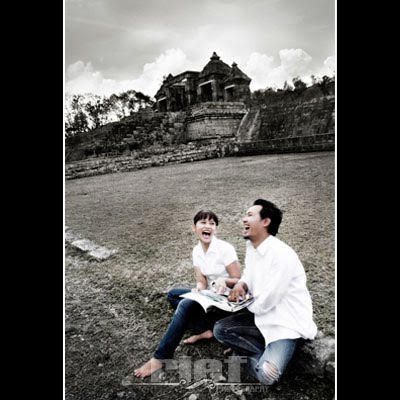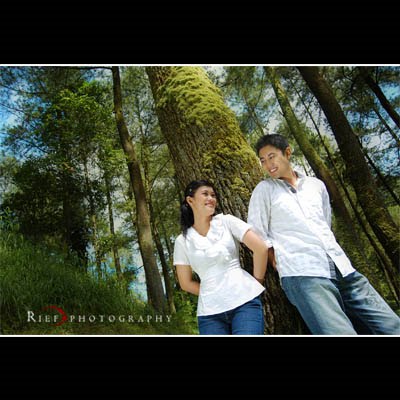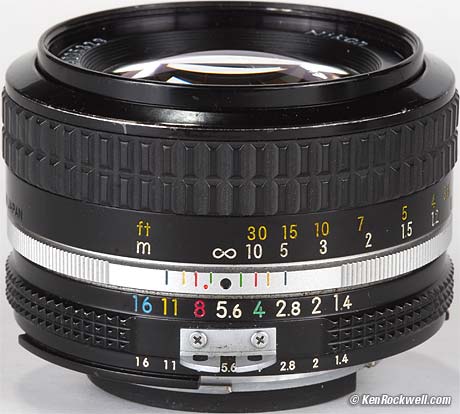This was a popular lens in the 1970s. It was the "standard" lens sold with better Nikon cameras. The 50mm f/1.8 is a better lens, however.
Personally I don't like the 50mm focal length. I use a 35mm as my "standard" lens, and an 85mm as a short tele. I no longer even own any 50mm lenses, and because many people don't, either, you can have these just about for free second hand.
In the 1950s through 1970s men measured their worth among men by the speed of their lens, regardless of whether or not they used the speed for it's only real purpose, available light photography. In those days an f/2 or f/1.8 lens marked a man as worthless, effeminate and weak. An f/1.4 lens was pretty common, and the f/1.2 lens made men think that they were super studs.
Of course they didn't realize that the optical performance steadily declined with speed. The smart men stuck with f/1.8 lenses, while the gullible dealt with the extra distortion, weight and price of the certainly OK f/1.4 lenses. The f/1.2 lenses were pretty awful, except for the Noct-Nikkor.
The problems were that the f/1.4 and f/1.2 lenses gave poor performance wide open, so one really should have used them at f/2 anyway to get decent results. In that case, the f/1.8 lenses gave the almost the same performance, and by f/4 where most people used them, the slower lenses were actually better.
I was never happy with the fast Nikon normal lenses. My Minolta Rokkors were better, giving much better performance wide open.
This AI lens was replaced by the AI-s manual focus version in about 1983 and may still be available new today from Japan. The AI-s is identified by an orange (not blue) f/16 and an additional engraved notch in the mount. AI-s lenses added linear logarithmic aperture actuation by the aperture stop-down pin, making camera controlled aperture easier for the new automated cameras like the FA. The difference between AI and AI-s was only a few milliseconds of shutter lag in the FA, and there is no difference today on AF cameras.
Specifications
It takes 52mm filters.
It has a seven-bladed diaphragm stopping down to f/16.
It has seven elements in six groups.
It focuses to about 1.5 feet or 0.45m.
Performance
Overall
It has the standard performance I see in most fast normal and wide-angle manual focus Nikkors. It has the usual barrel distortion.
Sharpness
f/1.4: Spherical aberration lowers contrast. A lot of coma in the corners making them quite soft. Falloff.
f/2: Much better. Falloff much less.
f/2.8: Quite good, falloff and coma gone. Sharp all over.
Distortion
It has the typical mild to moderate barrel distorion of al Nikon's 50mm f/1.4 lenses. Plug these figures into Photoshop CS2's lens distortion filter to correct the distortion. These aren't facts or specifications, they are the results of my research that requires a lot of data collection and computation.
data from http://kenrockwell.com/nikon/50f14ai.htm





























Tidak ada komentar:
Posting Komentar